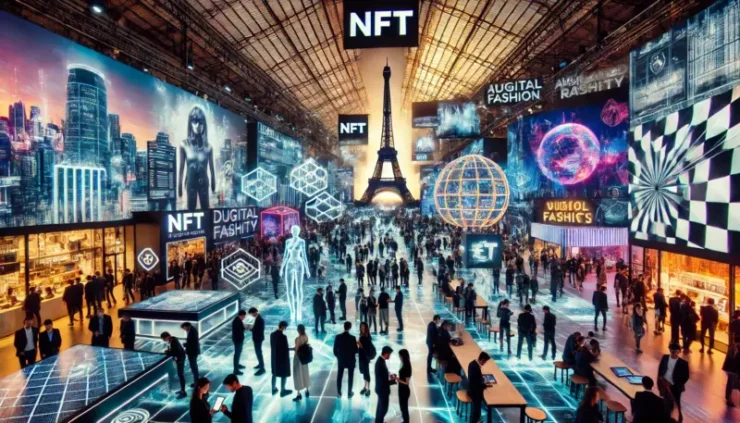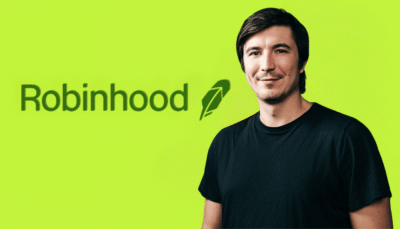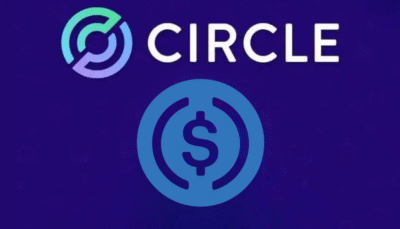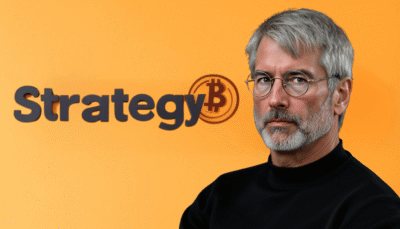NFT Paris, one of Europe’s premier gatherings for digital asset enthusiasts, provided a striking display of the ongoing convergence between physical and digital realms. Bringing together a diverse mix of industry leaders, artists, and technologists, this year’s conference underscored how non-fungible tokens (NFTs) are no longer confined to virtual spaces but are increasingly linked to real-world experiences and products.
From the moment attendees arrived, this interplay was evident. A striking example was the McLaren by Prime Skills vehicle showcased at the entrance, serving as a tangible representation of digital craftsmanship and ownership. Meanwhile, the Chainzoku hot sauce activation demonstrated how NFT-linked branding can extend into the physical marketplace. These examples reflected a broader trend: digital-native communities are now leveraging NFTs to bridge the gap between virtual economies and real-world applications, making the technology feel more tangible than ever before.
The Evolution of NFT Utility and Community Building
NFTs have evolved beyond speculation and collectible. Today, these tokens serve as keys to expansive ecosystems that intertwine business, culture, and commerce. Among the most compelling stories emerging from NFT Paris were those of Decentraland community members who met in person for the first time. Each individual had a unique entry point into the metaverse, yet they shared a common belief in its potential to reshape interactions and commerce. These meetings underscored a fundamental shift: NFT-based communities are not just disrupting traditional business models but seamlessly integrating them with digital-first experiences that offer unprecedented scalability.
Fashion, one of the industries most deeply impacted by this transformation, was prominently featured on day two. A highly anticipated runway show at the Rekt booth highlighted the interplay between traditional luxury fashion and blockchain-based ownership. The trend mirrors a larger movement: major fashion houses, once experimenting with Web3 in the abstract, are now fully embracing the technology within existing crypto communities. These digital-first initiatives, whether through blockchain-authenticated collectibles or virtual fashion lines, are creating entirely new economic landscapes that blend physical craftsmanship with digital commerce.
Digital Ownership and Real-World Integration
The maturation of NFTs is not limited to fashion or collectibles; it is fundamentally altering perceptions of ownership. Early metaverse projects largely revolved around gaming and digital speculation, but today’s platforms, like Upland, offer a more tangible connection to reality. By allowing users to buy, sell, and trade virtual properties tied to real-world locations, these platforms are reshaping how we think about real estate, commerce, and digital identity. The lines between the digital and physical worlds are becoming increasingly porous, with NFT-based ownership structures enabling deeper engagement in both domains.
Moreover, the rise of in-person NFT-focused events further reinforces this convergence. Industry conferences such as Proof of Talk and NFC Lisbon were widely discussed at NFT Paris, signaling a growing appetite for physical meetups that blend Web3 innovation with real-world networking. These events allow digital-native communities to forge deeper, more personal connections, expanding the scope of NFT ecosystems beyond screens and into the tangible world.
The psychological shift is clear: NFT holders are no longer just consumers; they are stakeholders in emerging digital economies. Whether through art, fashion, or real estate, these communities are building infrastructures that allow their members to participate in ways previously unimaginable. As NFTs continue bridging digital and real-world economies, the question remains: How will industries adapt to this evolving landscape?”





